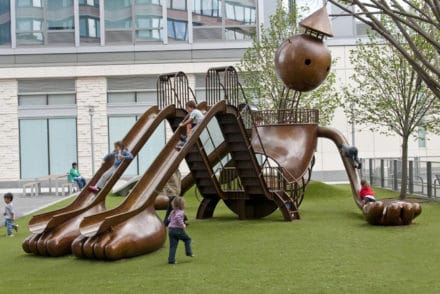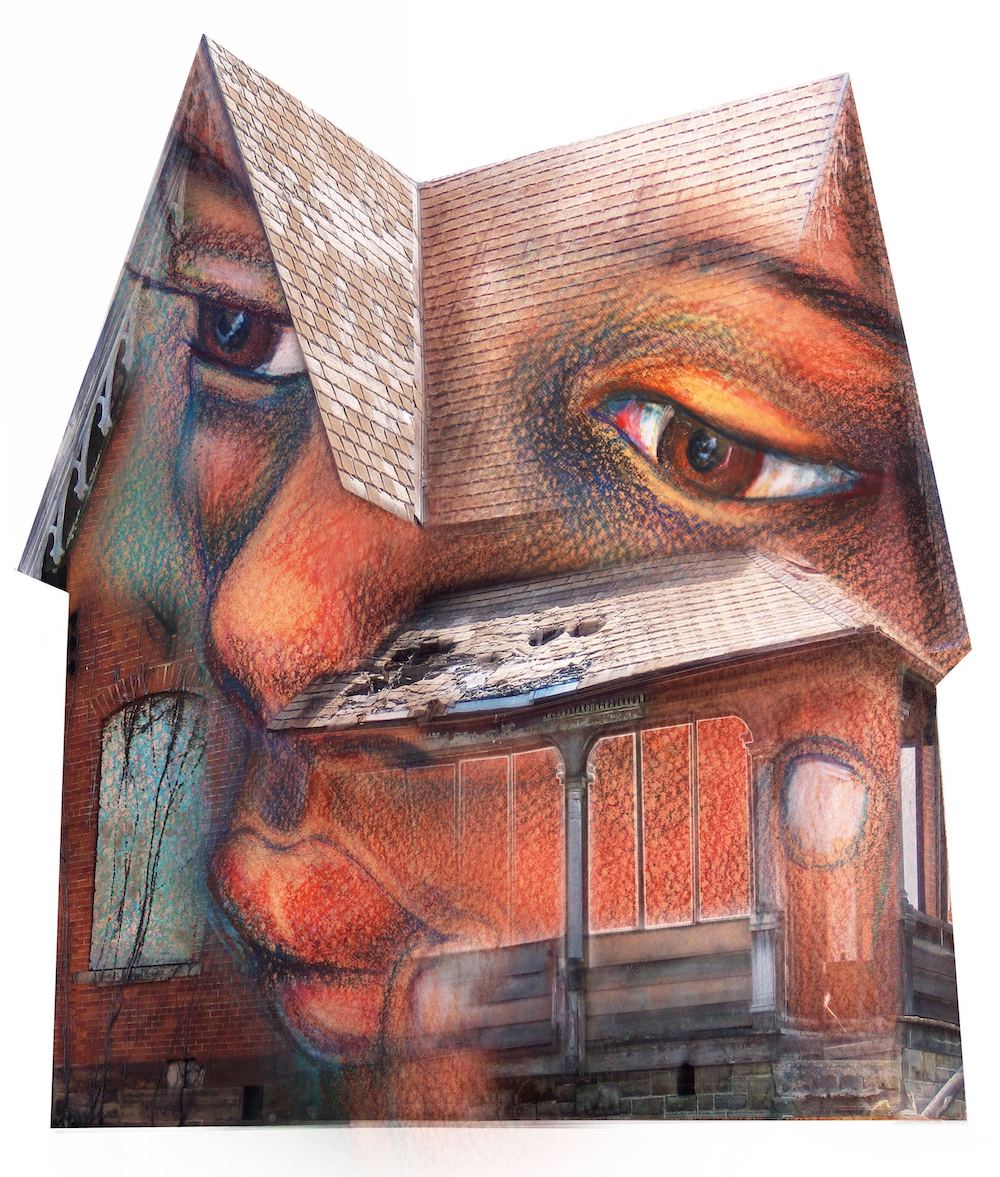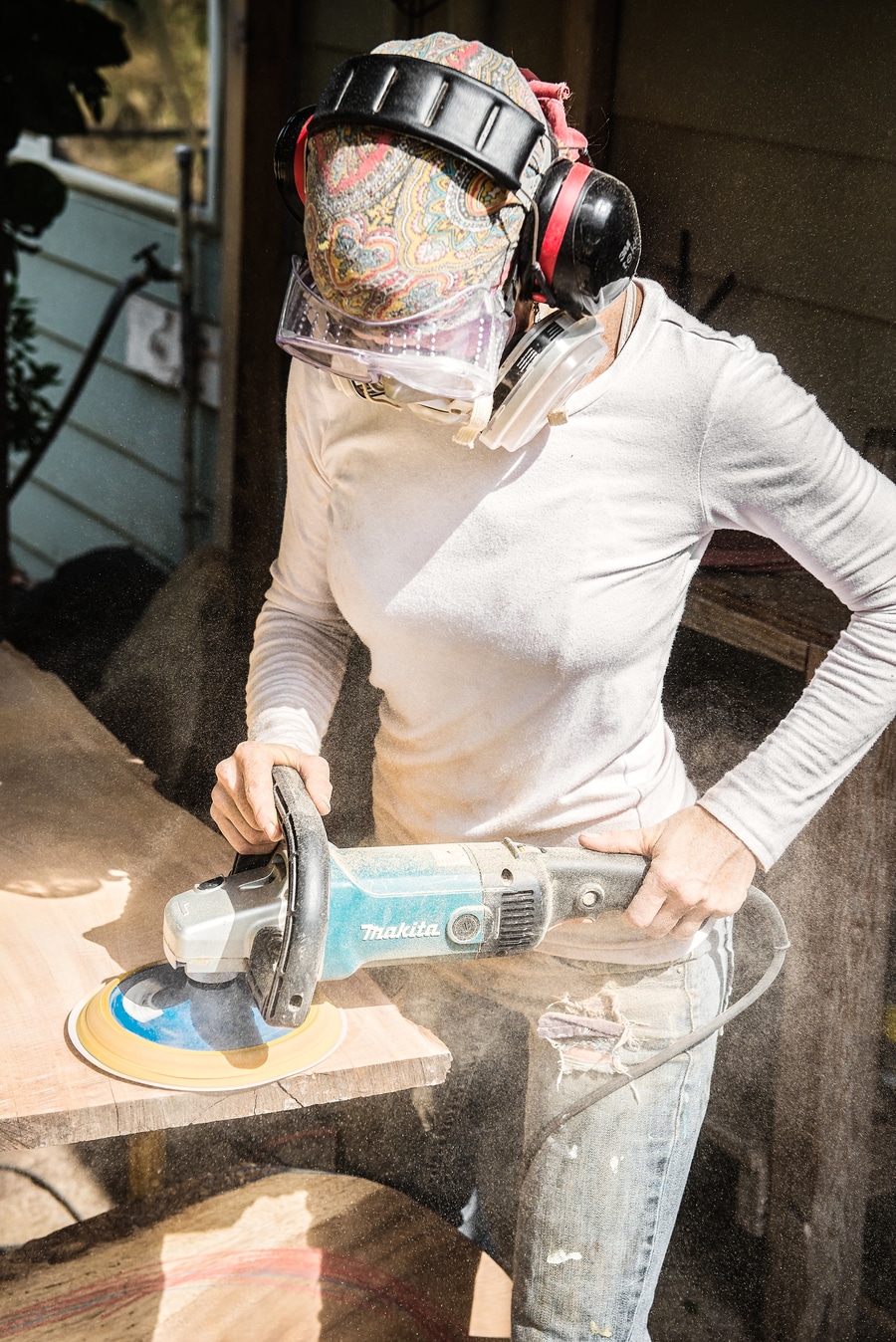
Infrastructure matters—we all know this—but the thing is, it’s not sexy or glamorous. Sure, it’s essential, but it’s not fun. It’s boring and requires money. Repainting the bathroom or tightening the screws on the kitchen cabinets or getting the oil changed in your car are little bits of drudgery we all resent.
In the lead-up to the recent election here in the US, we did hear a lot about how we need to maintain our roads, rebuild our bridges, and improve the systems upon which we all rely. In fact, it was one of the few subjects on which everyone could agree, although the minute funding was mentioned, all bets were off. Eventually, though, wear and tear and obsolescence reach levels that demand attention, and we invest.
Whether we end up with a tired old whitewash or a sleek new machine depends on the levels of creativity and focus that are applied when building it. Apple Inc. understands this better than anyone, and government hardly at all. It’s the mantra of Modernism: form and function, and it’s artists who bring those to the equation. Without them, things are dreary and clunky, and no fun at all.
The irony is that, by and large, artists do not lead these projects. Rather, the decision-makers and investors bring artists in peripherally or toward the end to “make it pretty.” This is how we end up with things that are colorful for no reason and don’t work properly. Bad form and poor function drives my family crazy, and that is why we started CHF—to put the proper people in charge.
True Architects of Our Jungle Gym

At the core of successful undertakings one finds visionaries and producers. They drive everything. Ventures that fail—infrastructure-related or otherwise–are usually run by: 1) a lone wolf who’s either one or the other or 2) “management” or “finance” types, who are neither. Artists are naturally filled with both vision and the desire and ability to create things using it. However, they too often fall prey to the dominant paradigm that they are unfit to manage and should not even try. In fact, artists are seen as constitutionally incapable of all “left-brain” activities, and encouraging them to engage in such things could actually cause them to “lose their creativity.” The poor things just need “keepers” to arrange their worlds so they can be free to create. These are absurd beliefs that fail to recognize that artists have always created things—products, designs, and infrastructure—that we use all over the place, all of the time. Was Leonardo Da Vinci a scientist or an artist? YES.
In the visual art world, these beliefs are being devastatingly undercut by the sea change in technology that is driving cultural and generational shifts, and completely changing the ways in which we conduct business. In this fast-moving digital age, EVERYONE is equally incompetent, and the flexibility, creativity, and courage of the visionary producer are trump cards. Turns out, artists are terrifically suited to this brand new jungle, and with training and capital they will design and build the most efficient, effective, and enjoyable new jungle gyms for it. Artists will show us the way, if we let them.
Holding it Together
Physicists are currently chasing after “dark matter” and “dark energy.” What this is exactly is still unclear, but we do know that without it everything in the universe would drift apart; dark energy holds everything together. Well, our creative infrastructure holds our world together, and lets us make sense of and function in it. I don’t just mean the tunnels and electric grids, either. Creative infrastructure includes all of the different webs and networks and formulas with which we establish culture, language, process and procedure, rules and regulations—in short, “Society.” It is the framework upon which we construct our lives, and artists are greatly responsible for it.
Artists drive economic development, create jobs, and generate income. They venture into neglected neighborhoods, inspiring people to follow in their footsteps, and they open up these overlooked areas to restaurants, galleries, bars, dry cleaners, grocery stores… Their studios and exhibition spaces become gathering spots where neighbors and visitors alike come together and build a sense of community that spills over into every aspect of daily life. When artists prosper, the ripples of their success travel far and wide.
At CHF, we train professional artists to lead. We give them business tools and training, and we work directly with them to implement projects that will accelerate their businesses and help them sustain themselves financially. We do this because we want to live in a beautiful world that works.







